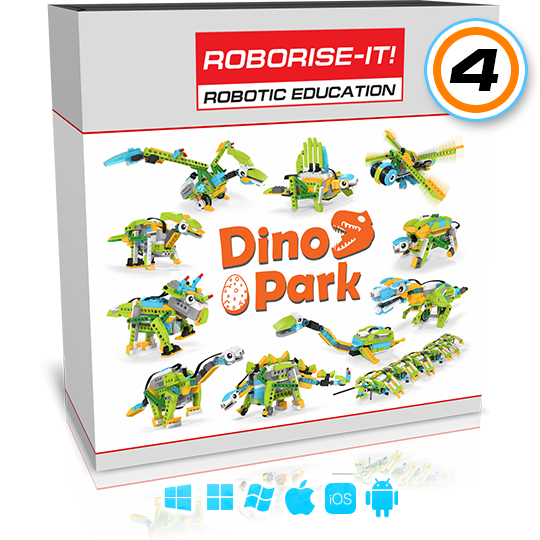Course includes
This 12 lessons was created especially for you and your inquisitive children! You will have a great opportunity to introduce children to the hardware and software secrets of creating biomorphic robots. During the course, children will learn how to build robots with walking mechanism, convert rotational motion into translational motion, increase force with levers, gear and belt drives, work with motion and tilt sensors. And, of course, they will be able to revive their robots using fascinating programs.
Every lesson kids make a new robot with a certain functionality. We start with a problem that kids should solve using new knowledge, skills, teamwork and creativity.
All you need is LEGO Education WeDo 2.0 Set 45300 and Internet connection.
12
modular lessons
1200+
pages of building instructions
35+
minutes of videos
90+
tasks & complete programs
basic and extended version
x-ray patterns of the internal structure
lesson time is 90 minutes
best for kids 6-9 years
Meet the characters of the course
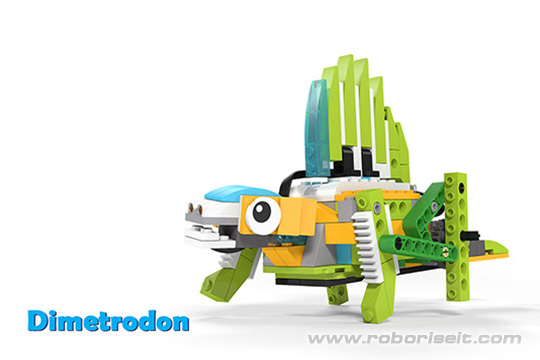
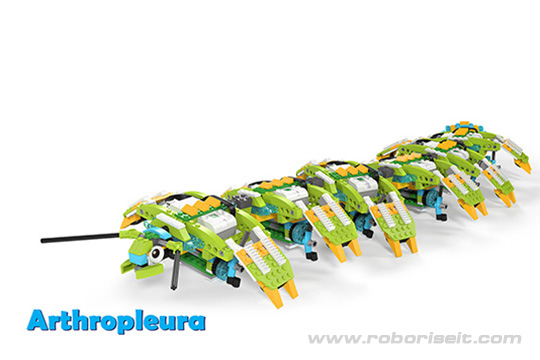
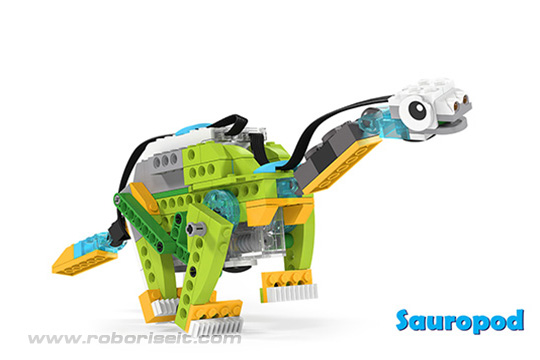
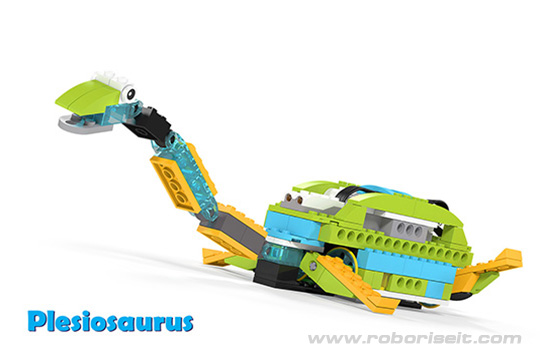
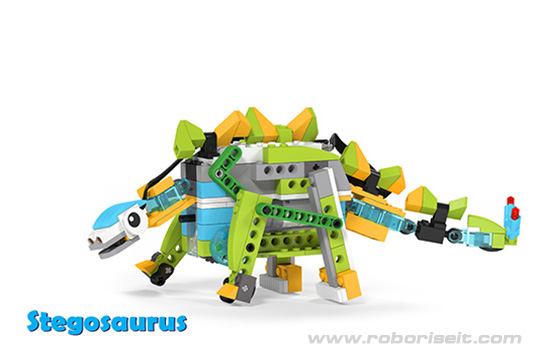

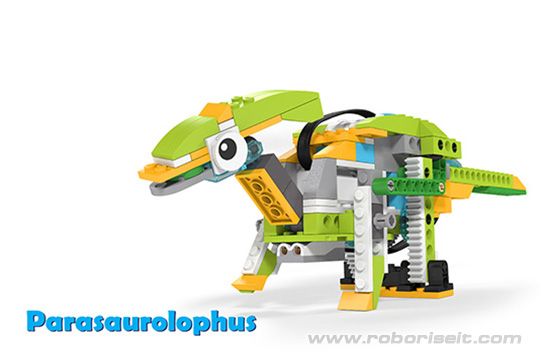
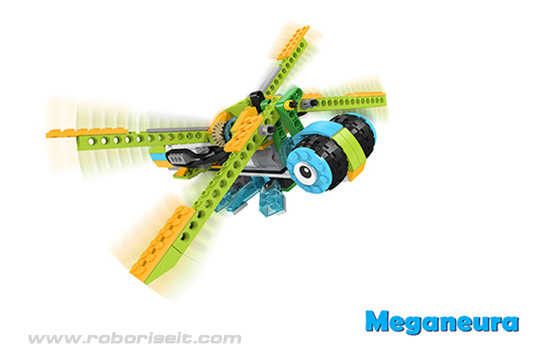
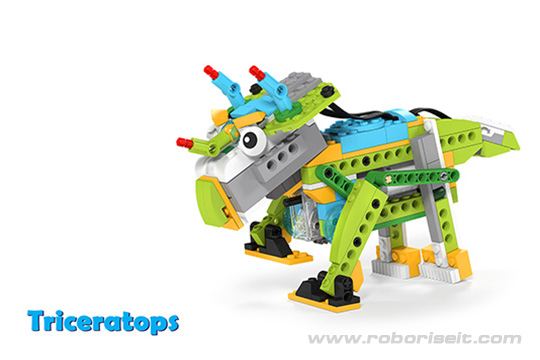
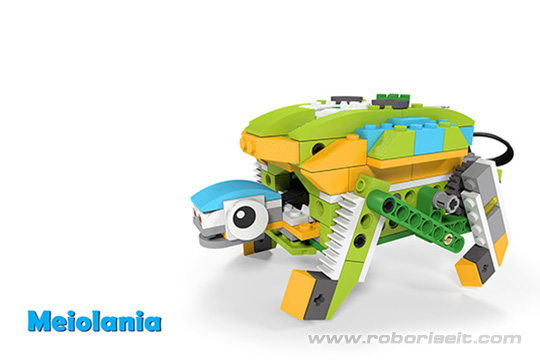
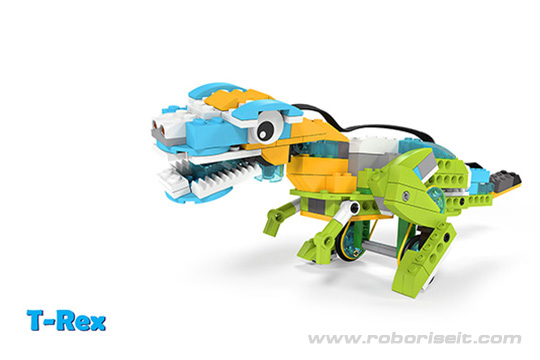
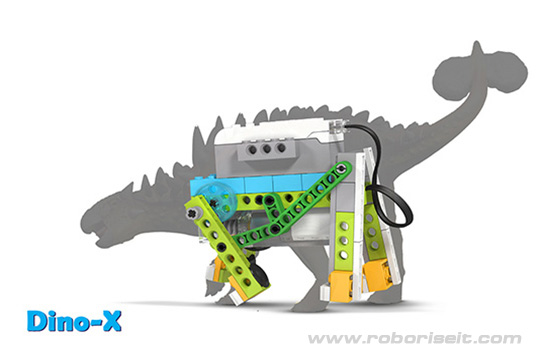

All lesson content provided via Roboriseit Content Viewer (RCV) software . RCV application developed for multiple platforms.
Check course access on the platforms
Additional materials
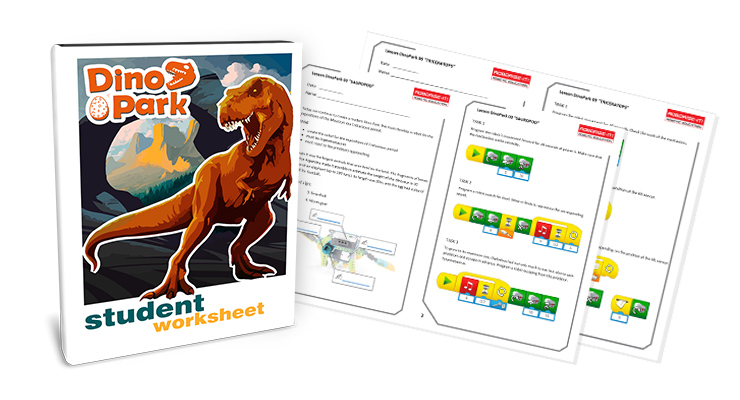
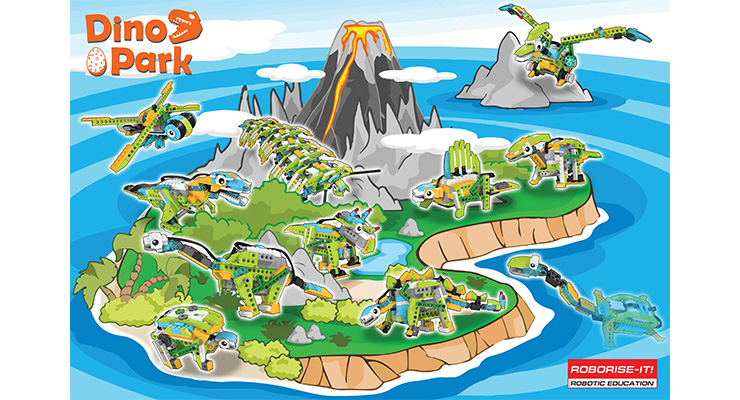
Student`s worksheets
Student`s worksheets with tasks are in PDF format. You can print them before lesson and give to students for completing the tasks.
Posters and stickers
Posters and stickers of robot`s models are from the course. After successfully completing the tasks, the students receive the sticker of the robot and fill their posters.
Additional materials are available for Optimal or Education Center plans.
Select your Dino Park plan
- Optimal
- $149 Per 4 Months (37,25$ / month)
- 4 Month Full Access
- 1 Classroom License
- 1 Teacher Account
- up to 12 Student Accounts
- For home, education and commercial use
- Poster & stikers
- Annual Classroom
- $249 Per 1 Year (20,75$ / month)
- 12 Months Full Access
- 1 Classroom License
- 1 Teacher Account
- up to 12 Student Accounts
- For home and commercial use
- Save 45%
- Poster & stikers
- Promo pictures
- Education Center
- $349 Per 1 Year (29$ / month)
- 12 Months Full Access
- 3 Classroom Licenses
- 3 Teacher Accounts
- up to 36 Student Accounts
- For education & commercial use
- Save 70%
- Poster & stikers
- Promo pictures
- White Label functional
Get more information about plans
Robotic year with Roborise-it!
Good news for all users we are introducing a new unique offer for schools / educational centers / clubs. We cover the needs of the curriculum for a year providing two packages: "Robotics year WeDo 2.0" and "Robotics year EV3"
IN THE ACT OF BUYING, YOU ACCEPT THE FOLLOWING TERMS
- You cannot share, resell or redistribute the material in any way with third parties
- You cannot use the material for other uses than the one allowed by your license
- The material comes encrypted and protected, and cannot be extracted or transformed




